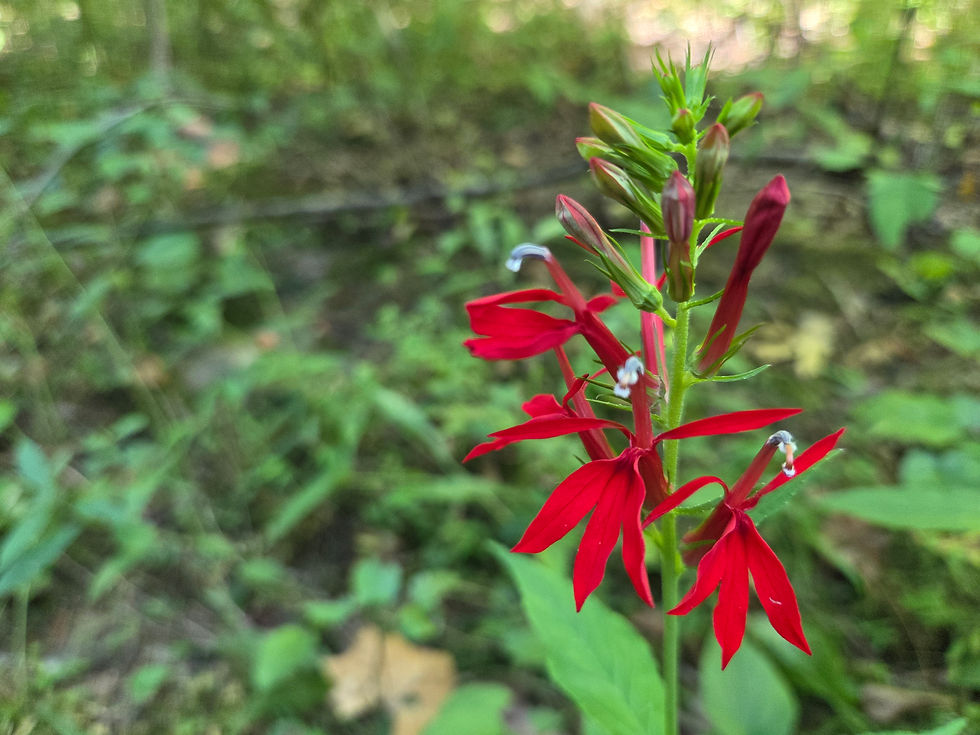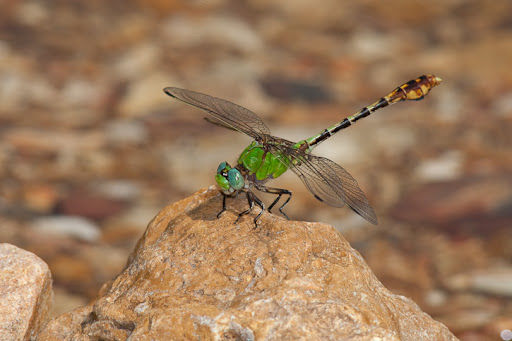Flora
Discover the hidden botanical treasures of the Swan Creek watershed, where rare plants like the Large-leaved Grass-of-Parnassus and Eggert's sunflower thrive alongside a remarkable diversity of wildflowers, ferns, and trees—but these unique habitats are under threat!
Fauna
Uncover the secret world of the Big Swan Headwaters Preserve, where groundbreaking partnerships and research are not only reintroducing rehabilitated bobcats, red foxes, and raccoons to the wild, but also safeguarding a hidden diversity of rare insect species!
Bird Monitoring Project
What secrets do the Swan Creek forests hold? Since 1999, a groundbreaking project has been unraveling the mysteries of its diverse bird populations, revealing crucial insights into the threatened species that call this vital habitat home. You won't believe what they've discovered!
The Western Highland Rim of Tennessee is a predominantly forested area, with the Swan Creek watershed particularly notable for its rich biodiversity, including several rare plant and invertebrate species. While much of the land is privately owned, with some areas converted to pine plantations, it largely regenerates naturally after timber harvesting. The Tennessee Natural Heritage Program, part of TDEC's Ecological Services Division, has extensively inventoried the Swan Creek watershed, utilizing its database of rare species locations to inform conservation efforts and guide public agency planning to minimize environmental impact. The program also offers a Natural Areas Registry to recognize landowners committed to preserving these vital habitats.


Among the rare species found in the Swan Creek watershed, the Federal Endangered Tennessee yellow-eyed-grass (Xyris tennesseensis) is globally significant. This small, specialized plant thrives in unique "seep-fen" habitats where cold spring water flows over shallow, organic-rich soil. While one known population is protected on Natchez Trace Parkway land as a State Natural Area, others are on private property, highlighting the need for more protected sites to ensure its survival. Other rare plants, such as Large-leaved grass-of-Parnassus (Parnassia grandifolia), Fen orchis (Liparis loeselii), and Small-headed rush (Juncus brachycephalus), also inhabit these distinct seep-fen environments, which are rare in Tennessee and provide specialized conditions for these species. These seep-fens also support rare dragonflies, with a new species, the Tennessee Snaketail (Ophiogomphus acuminatus), recently discovered in the area.

Biodiversity
Another globally rare plant, Eggert's sunflower (Helianthus eggertii), is also found in the Swan Creek area, preferring "barrens" habitats—grass and herb-dominated landscapes historically maintained by fire and grazing animals. This species is currently a Federal Category 2 (C2) Candidate and is close to being listed as Threatened. Significant populations exist on public lands like the Arnold Engineering Development Center and on private land, including The Farm near Summertown. Due to the vulnerability of roadside populations, the conservation of large public tracts and sympathetic private holdings is crucial for the survival of Eggert's sunflower. Ultimately, preserving the Swan Creek watershed is vital not only for its extensive forests and the species they support, such as neotropical migrant songbirds, but also for its specific habitats that are critical to the survival of globally rare plants like the Tennessee yellow-eyed-grass and Eggert's sunflower.

